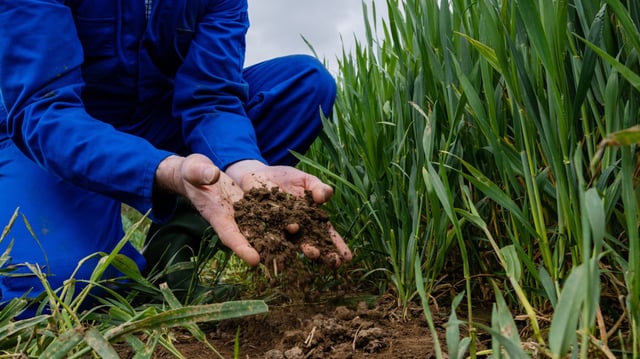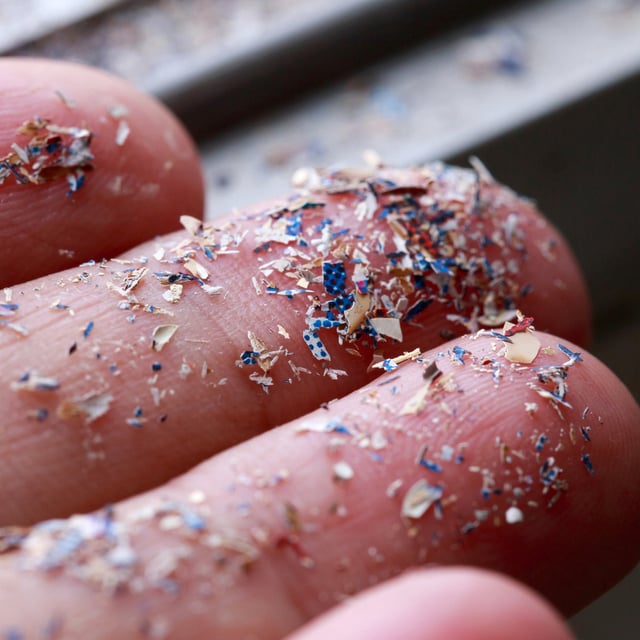Overview
- Research by the universities of Sussex and Exeter analysed over 580 specimens from 51 sites and detected microplastics in 12% of insects, with earthworms at 30% and slugs and snails at 24%
- Polyester fibres from clothing were the most common plastic type identified in the land invertebrates tested
- Scientists suspect dried human sewage sludge used as fertiliser introduced plastic fragments into agricultural soils
- Plastic particles appeared in both decomposers and predatory insects such as ladybirds, indicating movement across multiple food-chain levels
- The findings underscore the need for urgent research into ecosystem impacts and stronger land-based measures to curb plastic pollution

